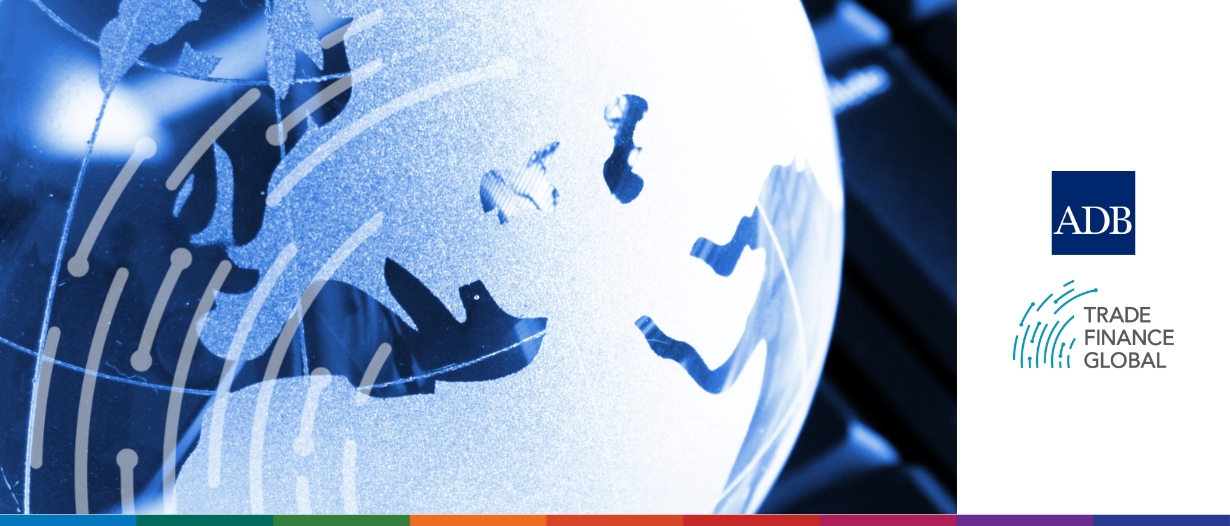Inflation, devalued currencies, and derisking are just some of the conditions affecting the trade finance industry in 2023, but multilateral development banks and alternative programs have a role to play in closing the gaps and reinvigorating growth.
At the International Chamber of Commerce (ICC) UAE’s Trade Facilitation Summit, Trade Finance Global (TFG) spoke with Steven Beck, head of the trade and supply chain finance program at the Asian Development Bank (ADB).
Trade finance in the macroeconomic context
The trade finance industry is facing several macroeconomic problems that are impacting its level of service, perhaps the most pressing of which is inflation.
Effectively, inflation is reducing the real value of trade limits available to financial institutions to support transactions, since the dollar value of each transaction is increasing relative to the underlying assets.
This is causing a gap that impedes the industry’s ability to create jobs and spur growth.
Interest rate rises have contributed to the devaluation of local currencies, making it difficult for countries to service their debts and reducing the hard currency available to import necessary items like food, medicine, and fuel.
However, multilateral development banks, such as the ADB, are working with the private sector to close these gaps, generate growth, and create jobs.
Beck said, “It is very important for multilateral development banks to step up and support trade, especially in countries where it’s most challenging – and we continue to support transactions in countries like Sri Lanka and Pakistan that are seeing some strain.”
Trade finance programs from governments and multilateral development banks are good crisis response vehicles that function well in times of stress and help the private sector mobilise capital.
Alternative programs like deep-tier supply chain financing, which involves providing financing further down the supply chain than just the tier-one suppliers, allow more capital to reach the small- and medium-sized enterprises (SMEs) that need it most.

Currencies and capital
Currencies play a crucial role in global trade, with the US dollar being the dominant currency, used for over 90% of all international trade transactions worldwide.
This ubiquity of the US dollar, even in transactions where the USA is not involved, creates the need to settle in local currencies, which can be challenging for markets with a devalued local currency.
Beck said, “If we could have more trade settled in a variety of currencies and more diversification in the global trading system, that would help. There are some moves in that direction, but it’s very difficult because the current system is so deeply entrenched.”
In addition to currency challenges, there is a need to bring more capital into trade finance.
Given the uncertain macroeconomic outlook, banks are increasingly reducing their risk and exposure, leaving a gap that could be filled by capital markets, pension funds, and other investors.
To help reduce some of the barriers that have historically prevented these potential sources of capital from entering the space, the ICC has created a trade finance register that provides statistics on default and losses in trade finance.
The hope is that by refining this data to demonstrate that trade finance is an investable asset class, potential investors will be attracted, helping to close some of the gaps in the market.
However, there have been only minor moves in this direction, and it continues to be an area that needs more attention from the investor community.
Trade is vital for development
Global trade plays a crucial role in economic development by lifting millions of people out of poverty, creating job opportunities, and promoting economic growth.
Beck said, “Trade is critical to development. It should be of real concern that in today’s political and economic environment, there is a lot of talk about deglobalisation.
I don’t think there are enough of us talking about the importance of trade to the world, to development and its benefits. That being said, trade does have its weaknesses.”
There are losers in trade, and not everyone benefits equally. Also, estimates indicate that international trade and supply chains are responsible for around 80% of the world’s total carbon emissions, which leaves significant room for improvement.
Beck added, “We do not want to eliminate globalisation – trade being the major component of it – so let’s instead acknowledge its weaknesses and work to fix them.”
To address these issues, there is a need to make global trade and supply chains more resilient, transparent, and data-driven.
Digitalisation can help to make global trade and supply chains more efficient and accessible to SMEs. By increasing efficiencies, it can help to lower the barriers to entry into global trade and increase financial inclusion.
Furthermore, promoting green trade and supply chains is critical to reducing the industry’s environmental impact. Initiatives such as tracking and reporting carbon throughout the supply chain will help reduce carbon emissions and promote sustainability.

































